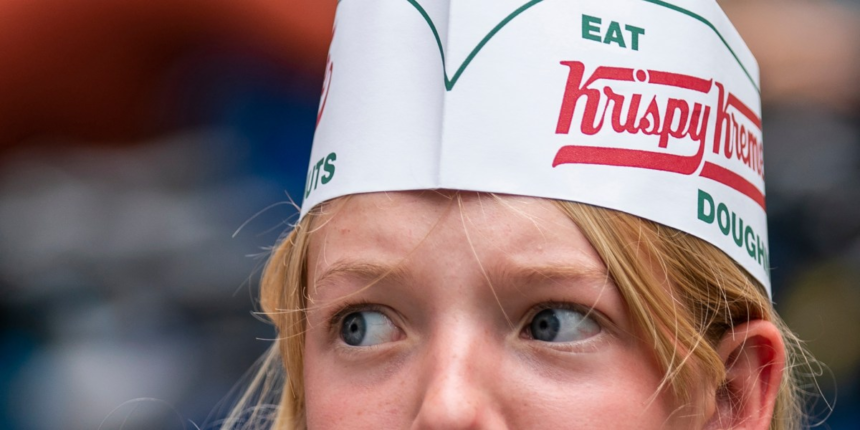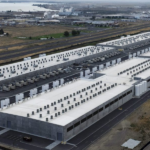Krispy Kreme and McDonald’s mutually agreed to end their partnership, effective July 2, 2025, after an attempt to distribute Krispy Kreme doughnuts in approximately 2,400 McDonald’s U.S. locations. Initially hailed as a major growth opportunity, the collaboration floundered under operational pressure and insufficient returns.
The financial repercussions were a contributor to Krispy Kreme’s disappointing second-quarter earnings, which detailed a revenue decline and significant net loss for the period ending June 29, 2025. Revenue came in at $379.8 million, down 13.5% year-over-year and missing analyst projections. Adjusted earnings per share were -$0.15, below the estimated -$0.03. Organic revenue saw a slight dip of 0.8%, while the company took non-cash charges totaling $406.9 million, the overwhelming portion of a $441 million net loss.
Charlesworth said the poor results primarily reflect McDonald’s deal. “We are quickly removing our costs related to the McDonald’s partnership and growing fresh delivery through profitable, high-volume doors with major customers,” he added, saying the company expects to begin recouping profitability in the third quarter.
CEO Chris Kempczinski emphasized that McDonald’s remains committed to delivering “delicious, affordable, and convenient options” and will continue to drive growth through digital investment and menu innovation, recently announcing the return of popular items and new promotions.
With the McDonald’s arrangement behind it, Krispy Kreme’s turnaround blueprint involves shifting focus toward higher-margin retail channels, franchise growth, and operational cost reduction. The company’s leadership suspended dividends and renegotiated credit agreements, raising fresh capital to stabilize operations.
Charlesworth acknowledged the hit but remains optimistic: “We are now moving decisively to eliminate costs tied to this partnership and expect to return to profitability by the third quarter, focusing on sustainable, profitable growth going forward”.
This failed partnership highlights the risk and complexity of scaling niche products into the hyper-competitive world of fast food, especially as American consumers remain price- and convenience-driven. For McDonald’s, meanwhile, it’s business as usual—the golden arches shine on, donuts or not.
For this story, Fortune used generative AI to help with an initial draft. An editor verified the accuracy of the information before publishing.









